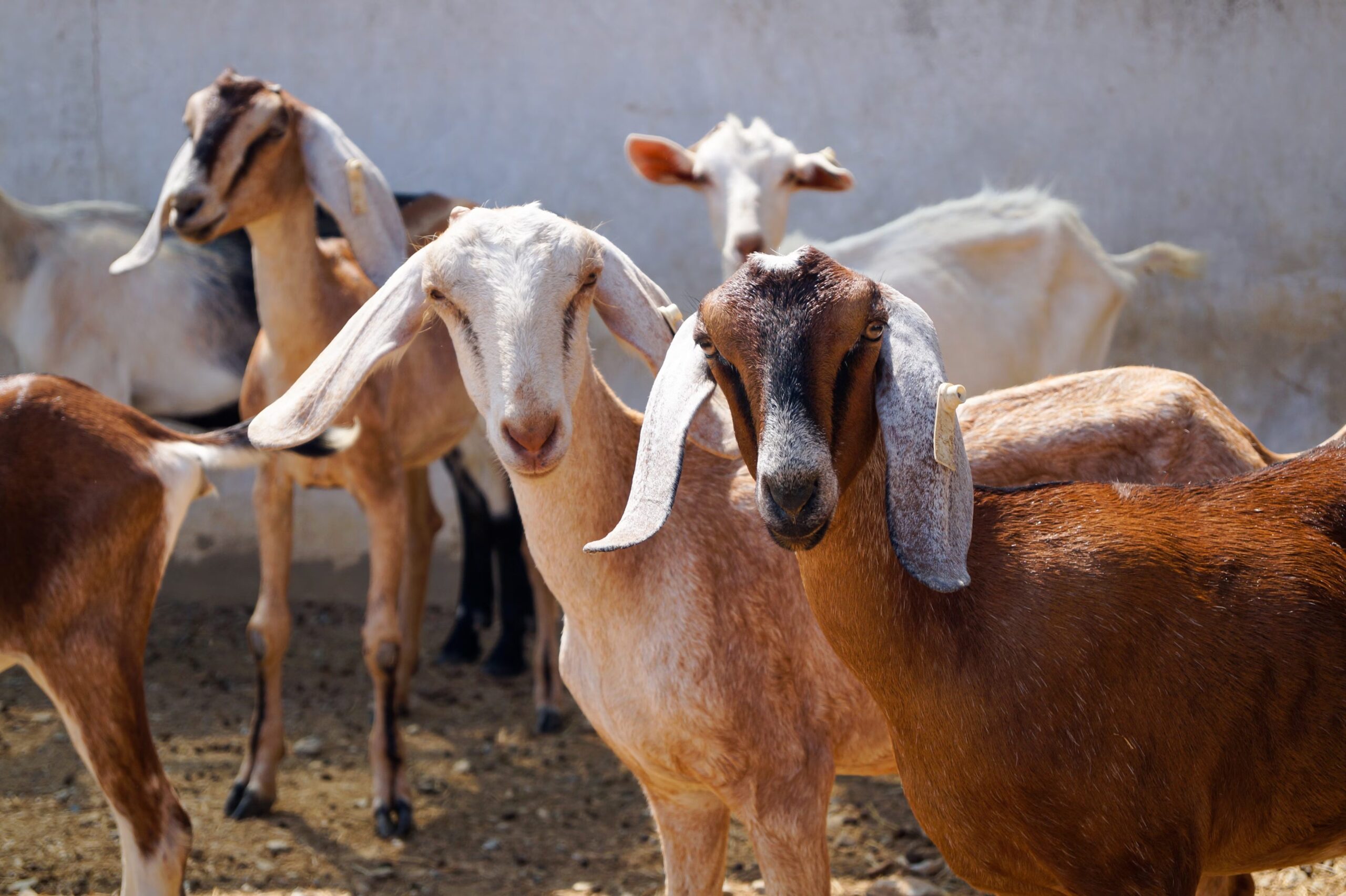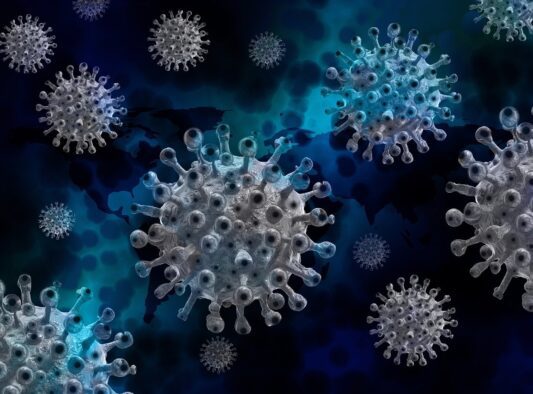STAR IDAZ–UK-ICN Research Roadmaps Aim to Strengthen Coronavirus Preparedness
The STAR IDAZ International Research Consortium (IRC), in collaboration with the UK International Coronavirus Network (UK-ICN), has published a series of targeted research roadmaps on coronaviruses. These roadmaps identify critical research priorities to accelerate the development of effective coronavirus control methods—supporting both human and animal health. The initiative produced three focused roadmaps addressing: Key research…
STAR IDAZ Tick Vaccine Workshop Marked a Key Milestone for the Global Effort to Control Tick Populations
The STAR IDAZ Tick Vaccine Workshop has marked an important step forward in the global fight against ticks and the diseases they spread. The finalized Scientific Target Product Profile (S-TPP) will be a key tool to guide future research and development. A short summary report of the workshop, highlighting the key findings, stakeholder discussions, and…
Three Key Aquaculture Health Reports Published Following STAR IDAZ–WOAH Workshop
The STAR IDAZ International Research Consortium has finalized and published three pivotal reports on global aquaculture health research, following its collaborative workshop with the World Organisation for Animal Health (WOAH) earlier this year. These reports reflect expert consensus on top research priorities for finfish health, reinforcing the global commitment to advancing sustainable aquaculture. The newly…
Recognized Impact for Global Animal Health Strategies
The STAR IDAZ International Research Consortium (IRC) – a global network of public and private research funders and programme owners – is at the forefront of driving research that informs and shapes global policies on animal health. By coordinating over $2.5 billion in research investments, STAR IDAZ ensures that scientific innovation makes new tools available…
STAR IDAZ Newsletter
We produce a newsletter to keep you up to date with all STAR IDAZ activities. So, if you are interested in finding out more about what the Executive Committee, Scientific Committee and Regional Networks have been up to, please sign up to receive it.
The most recent newsletter can be downloaded here:
https://www.star-idaz.net/wp-content/uploads/2025/02/STAR-IDAZ-Winter-Newsetter-2024.pdf





